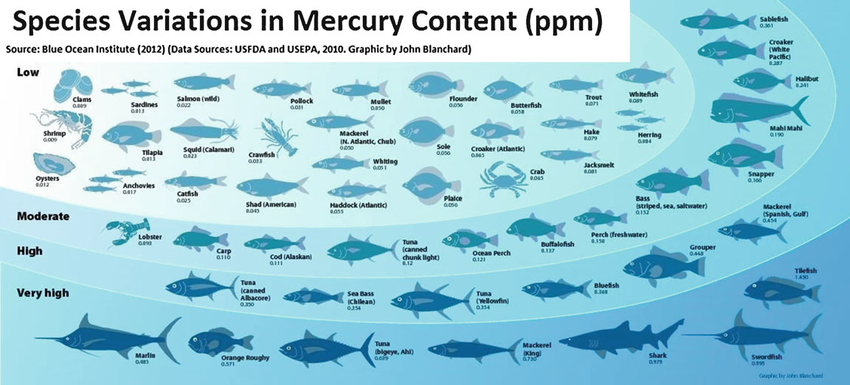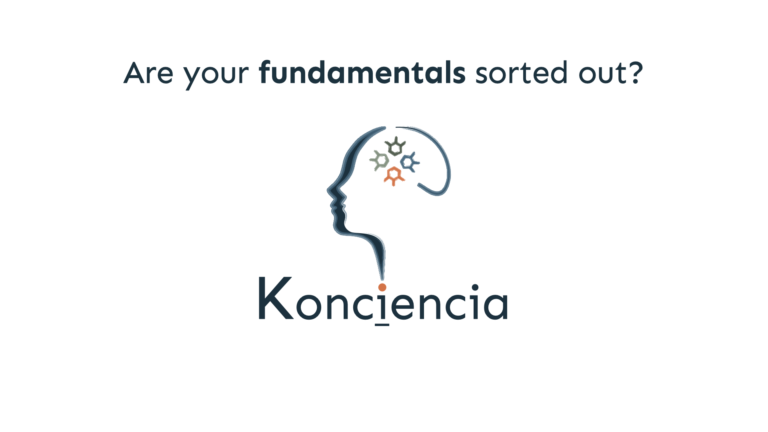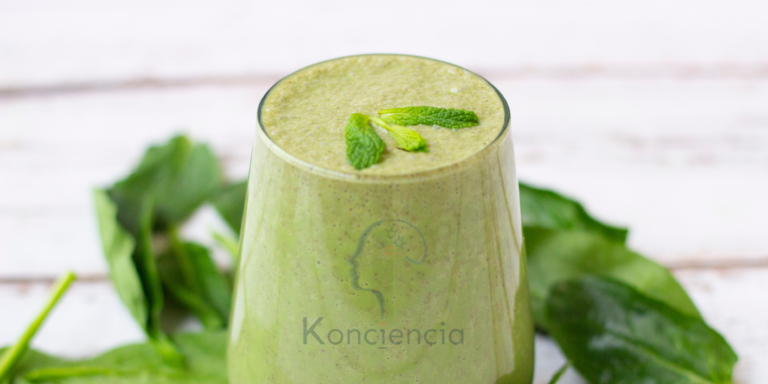We live in a society that labels and polarizes everything, even the way we eat. Now we’re categorised as ‘vegans,’ ‘carnivores,’ ‘raw’, ‘omnivores,’ and so on. It feels like we have to choose one of these options and stick with it for the rest of our lives, or until we have the courage to change our label. Then you become part of this new tribe and you must defend it at all costs. Does it make biological sense to belong to just one tribe? Today, we’re going to study the scientific evidence about the benefits of the raw food diet and share our perspective with you.
When food is cooked, it’s exposed to high temperatures and air, which affects the amount of nutrients it contains. Some nutrients can degrade or be lost when we cook them, while others may become more available. Vitamins like C and B (B1, B2, B3, B5, B6, B9, B12) are very sensitive to heat and usually degrade when cooked (Gahler et al., 2003; N.C. Igwemmar et al., 2013; M. Kimura 1990). One study found that boiling, microwaving, or stir-frying broccoli can lead to a decrease in vitamin C by up to 38%, a loss of up to 27% in chlorophyll, and up to 60% fewer glucosinolates (Gao-feng Yuan et al., 2009). Glucosinolates are compounds that help protect our cells from damage caused by free radicals (those that make us sick and cause cancer). They have a similar effect to antibiotics and help prevent bacterial, viral, and fungal infections in the intestines and other parts of the body. Other studies also suggest that glucosinolates may reduce the risk of certain types of cancer (C. Bosetti et al., 2012). In short… we WANT to protect these glucosinolates 🙂
However, other nutrients may become more available to the body after cooking. For example, cooking can increase the amount of lycopene in tomatoes, which is an antioxidant that helps prevent cancer (Rao y Agarwal, 2000). Spinach contains oxalic acid, which can bind to calcium and decrease its absorption. Cooking spinach can reduce the oxalic acid content and increase our calcium absorption.
Keep in mind that how we cook makes a big difference in the final retention of nutrients. While steaming can enhance glucosinolate, carotenoid, and folic acid values in broccoli, boiling has the opposite effect. Although at Konciencia we don’t recommend a diet high in grains, we know it’s part of many cultures and cuisines. If that’s the case for you, you should know that OVERCOOKING beans, lentils, and chickpeas drastically reduces the amount of vitamins… a reduction of folate (vitamin B9) by up to 50% has been observed! However, there’s evidence that soaking beans in salty water, discarding that water, and then cooking them in fresh water is the best way to reduce cooking time, retain more good nutrients, and get rid of ‘anti-nutrients’, which can reduce the possibility of gastric problems (Fabbri & Crosby, 2016).
And what about meats? The same holds true. Some nutrients are lost while others become more bioavailable (bioavailability = how easily the body can absorb nutrients) after cooking. The cooking method still greatly affects the final outcome. For example, a study published in 2022 indicated that the nutritional value of goose meat changes when cooked sous vide, microwaved, or stewed. Significant changes were observed in the amount of magnesium, iron, lead, zinc, calcium, sodium, and potassium (Wereńska et al., 2022). On the other hand, remember that cooking meat at high temperatures, such as grilling or frying, can create carcinogenic compounds called heterocyclic amines (HCAs) and polycyclic aromatic hydrocarbons (PAHs) (Sinha et al., 1998; Joshi et al., 2015).
Regardless of the nutritional value of meat, it’s important to remember that cooking meat to the proper temperature can help kill harmful bacteria, such as Salmonella and E. coli. If you’re going to eat raw or undercooked beef, make sure the cattle were grass-fed, the meat comes from a reliable source, ethically produced, and without the use of hormones or antibiotics. Yes, it makes a big difference!
If you’re going to eat raw fish, avoid some key species. Mackerel, swordfish, kingfish, shark, needlefish, and tuna contain high levels of mercury (See figure below taken from Edward Zillioux, 2015). Pregnant, breastfeeding, or woman planning to start a family should avoid eating these fish. The same should be done by children under six years old. Canned tuna, which is so popular, remains risky… We recommend simply reducing tuna consumption. If you or your children decide to regularly eat canned tuna, stick to light or skipjack tuna, and limit it to less than two servings per week. At home, we’ve stopped eating tuna years ago. We miss it, but we know it means less mercury. So, we choose other options. Supposedly a 58-59Kg woman can eat almost two 6 oz cans of light tuna per week and stay within the safe mercury zone recommended by the United States Environmental Protection Agency (EPA), and a four or five-year-old child should eat less than ~3.5 oz of light tuna per week. And to complicate things a bit more, the rules change when it comes to white tuna (Albacore tuna). Children should completely avoid this fish, and women of childbearing age should limit themselves to no more than 4 oz per week… well, that’s what the EPA says… but Konciencia tells you it’s not worth the risk or supporting the market for these fishes.
And sushi? Make safer sushi choices. Popular sushi fish are often top predators in the food chain, so they tend to have high mercury content. If you’re pregnant, breastfeeding, or planning to start a family, you can reduce sushi mercury exposure by avoiding all types of tuna, mackerel, sea bass, and amberjack. Fish and shellfish like eel, salmon, crab, and scallop have less mercury. When in doubt, the smaller the fish, the better. Forget the big predators and choose the small ones, like anchovies, sardines, and scallops, which have much less mercury.
What’s the conclusion? Raw foods tend to have more available nutrients and make sense since we evolved eating mostly raw foods. However, some nutrients may be unlocked after cooking. That means don’t label yourself. As hunters and gatherers, we spent most of our evolution eating what was available. What do we do at Konciencia? In our family, we have periods of eating only raw foods and periods with raw and cooked foods. This week, for example, we’re in the raw food only week and we feel amazing! We’re lucky to live in a place where it’s easy to find fresh and good sourced vegetables and meats. And you? Get to know your local farmers, fishmongers, and butchers… you might have a delicious surprise and start enjoying a good dose of raw food. Try it out for yourself and see how you feel. That’s the best way to find out.
When cooking, pay attention to the following guidelines:
- The time a food is exposed to heat affects its nutrient content. The longer a food is cooked, the greater the loss of nutrients.
- Boiling results in the greatest loss of nutrients. Steaming, baking, and sautéing (briefly) are some of the best methods for cooking vegetables when it comes to nutrient retention.
- Vitamin B is sensitive to heat. Up to 60% of thiamine, niacin, and other B vitamins can be lost when meat is cooked and its juices are lost. However, by consuming the liquid containing these juices, almost 100% of the minerals and 70-90% of the B vitamins are recovered.
- The best way to eat eggs? The yolk contains virtually all the fat, minerals, and vitamins, so we want it to be as raw as possible. (The yolk also has protein! In fact, gram for gram, the yolk has more protein than the white, with 16.4% protein versus 10.8% in the white… But we’re used to thinking of the white as the egg’s protein source because there’s more volume of white than yolk). The white mainly contains proteins, and in terms of cooking, this protein is 180% more digestible when cooked than when raw (P. Evenepoel et al., 1998).
- And what about slow cooking? Most slow cookers usually offer two temperature options, low and high. Low temperature means about 80 to 90 degrees Celsius (176-194 degrees Fahrenheit), while high temperature means between 140 and 150 degrees Celsius (284-302 degrees Fahrenheit). For all the reasons above, if you cook with a slow cooker at low temperature and consume the broth that comes out of your food, you’re very likely to retain most of your nutrients. At home, our slow cooker is the most used, abused, explored… we love it.
We hope this information is useful for you to further improve the way you eat.
Lots of love from your Konciencia team.








